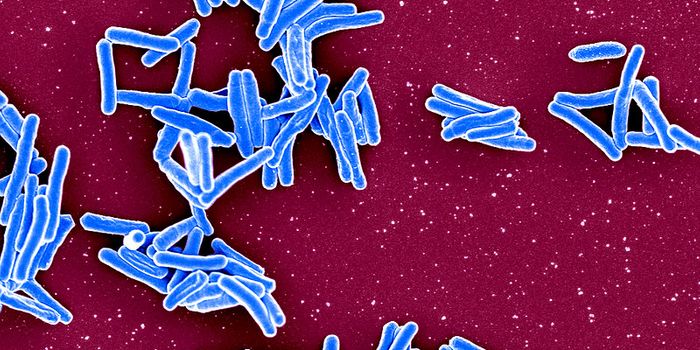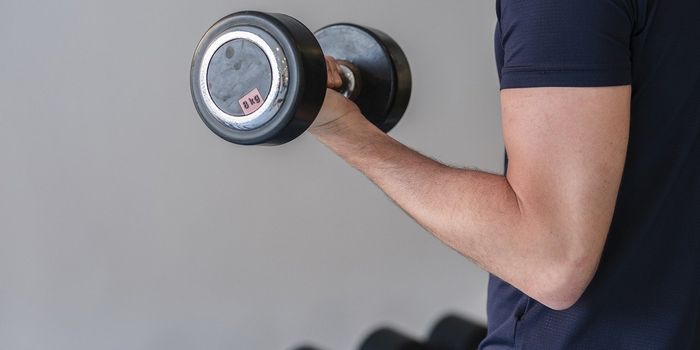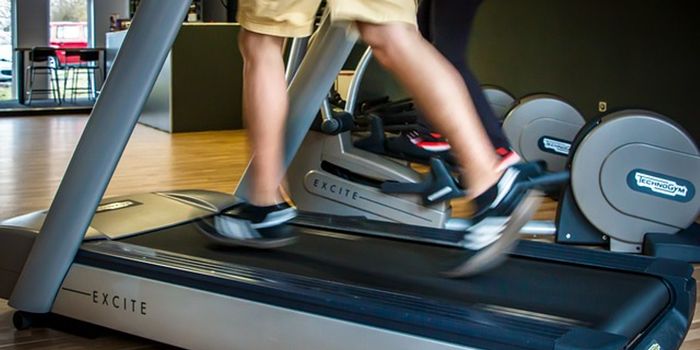Pure Gold: Mini Device Makes 3D Skin Maps
Beauty is skin deep and so are wounds. Closely monitoring wound healing progress has been a challenge for doctors, mainly because it’s hard to get a good look at what’s going on. Most skin imaging technologies only provide snapshots of the skin’s surface in two dimensions. Now, researchers have developed a battery-powered device that generates high-resolution 3D images of human skin in minutes.
This simple, non-invasive, and inexpensive little device can make a big difference in how healthcare personnel address the diagnosis and treatment of skin diseases such as eczema and psoriasis. These benefits are especially critical for healthcare in rural communities, given that it doesn’t require specialized training to operate and is portable, weighing a mere 100 grams.
Engineer and first author of the paper, Fu Xiaoxu, said: "The 3D skin mapping device is simple to operate. On top of that, a 1.5V dry battery is all that is necessary to run the device. It is an example of a basic, yet very effective application of electrochemistry, as no expensive electronic hardware is required."
Making 3D skin maps using the device is easy. A small, gold-coated film is pressed onto the subject’s skin where sebum, the waxy substance produced by the skin’s sebaceous glands creates an imprint of the skin’s surface. Gold was specifically selected due to its flexibility and ability to conduct electricity.
The gold foil is then immersed in a special solution and with a push of a button, a flow of electricity is activated. A polymer material then coats the regions that did not come into contact with the skin, generating a high-resolution recreation of the skin’s surface architecture.
The researchers found that the device was able to map a variety of wounds: punctures, scrapes, abrasions, and cuts. The thin gold film also made it possible to capture features on uneven parts of the anatomy, such as creases in the elbow.
Besides diagnostics, the team believes the device could also come in handy for forensic applications. "The device may aid in fingerprint identification, which is commonly performed in forensic analysis,” said skin specialist Yew Yik Weng. “The device could offer a higher degree of accuracy when it comes to differentiating between similar prints, due to the 3D nature of its imagery."
Sources: NTU, Analytica Chimica Acta.









